
Rwanda: witnessing genocide – and trying to stop it
Thirty years ago, in April, Rwanda erupted into ethnic violence, in which an estimated 800,000 Tutsis were killed by Hutu militias. In the wake of the genocide, the international community asked how those killings could have been prevented.
The start of the 1990s was a time of global hope. The Cold War had ended, and there seemed, suddenly, to be the space for real multilateralism. The United Nations (UN) held its first conference on the environment in 1992, and the world conference on human rights a year later.
“The early 1990s’s were a time of extreme optimism,” remembers Gareth Evans, who was Australia’s foreign minister at the time. “Just the sense that big issues could be tackled.”
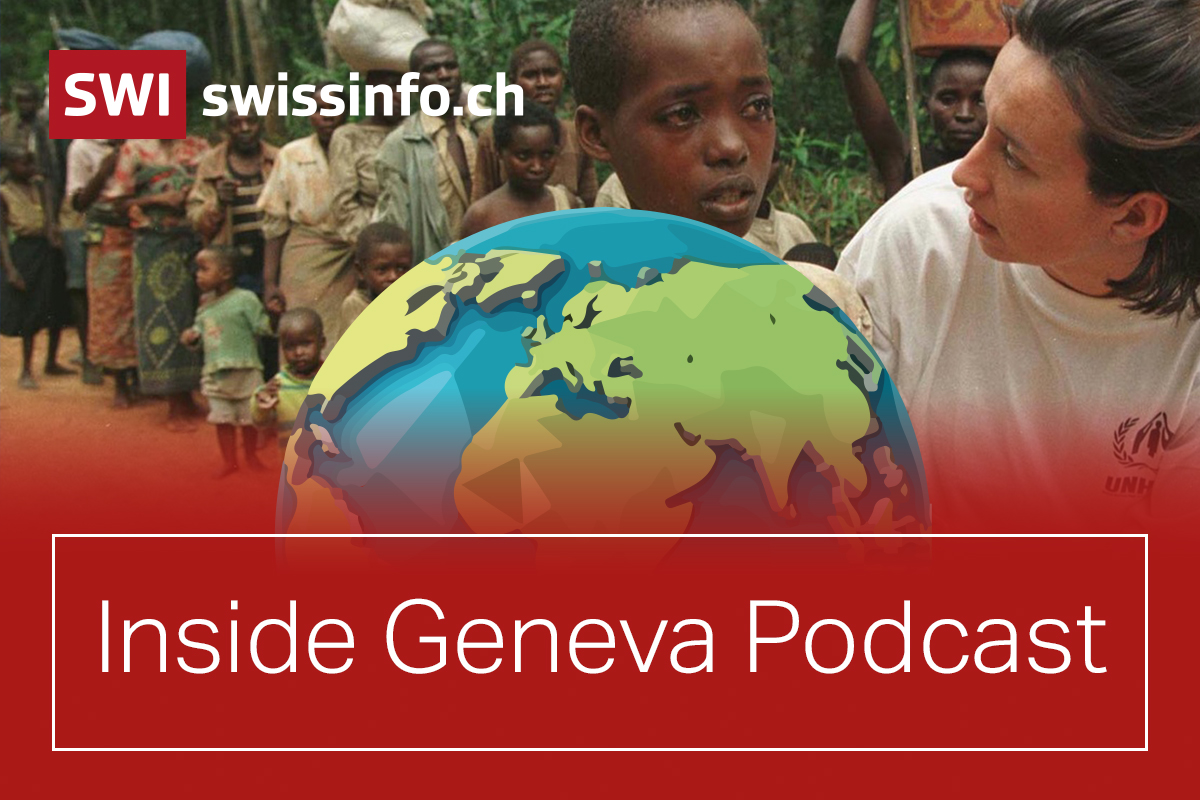
More
Inside Geneva: witnessing the Rwandan genocide and trying to stop it
But at the same time, conflicts were erupting in former Yugoslavia and in Rwanda, and despite the optimism, the world didn’t seem able to tackle them. Evans remembers hearing about the unfolding violence in Rwanda, and suggesting Australia could make a contribution to “a peacekeeping or peace enforcing operation” to support a small existing UN force led by Canadian general Romeo Dallaire. But he knew, he tells our Inside Geneva podcast, that there would be “real problems” getting the United Nations to come up with a mandate for intervention.
Why was the world unable to prevent 800,000 people being brutally killed over the space of three short months? Are we better prepared to prevent genocide now, 30 years later? That is the subject of Inside Geneva this week.
Rwanda paid the price for Somalia
While Evans was raising concerns about Rwanda in Australia’s parliament, Charles Petrie was working as a UN humanitarian officer in Somalia. He too had been infected by the optimism of the early 1990’s. He volunteered for the Somalia posting because he felt “a sense of a new world order”, that Somalia would be a UN mission with “the easing of suffering, basically the UN charter” at its core.
Somalia didn’t turn out like that; what began as a UN operation to alleviate famine turned into bloody skirmishes between Somali armed groups, UN peacekeepers, and eventually US troops, who suffered, in the infamous Black Hawk down incident, their biggest loss of life in a single battle since the Vietnam war.
So when Petrie, whose optimism about the Somalia mission had been crushed, got the call from UN headquarters to go to Rwanda, he at first refused. He knew, he said, that after Somalia “there was very little appetite on the part of the international community to intervene.” Rwanda, Petrie was convinced, would pay the price for the failure of Somalia, and so “when I got the call to go, I resisted. I did not want to witness another failure.”
This looks like genocide
But while Evans was suggesting UN peace enforcers that didn’t materialise, and Petrie was resisting going to Rwanda on behalf of the UN’s humanitarian arm, small aid agencies were trying.
Chris Stokes, aged 28, crossed the border from Uganda into Rwanda in mid-April, as part of a small Médecins Sans Frontières (Doctors Without Borders) team. Their plan: to find a suitable location to set up a surgical unit.
“It was lush and green, but there was no one there,” he remembers. “Not a single living human being. And then after two days we started seeing bodies.” In one village Stokes came across an old man, who showed him a list of names, all crossed out, and told him that all – entire families, whole communities – had been systematically killed.
Stokes and his colleagues were in such a state of shock, they at first didn’t quite register what they were seeing. “I saw something at the side of the road that looked like something I hadn’t seen before.”
“It was actually a small lake, but you couldn’t see the water, because the whole surface was covered with bodies.” The Médecins Sans Frontières (MSF) team, Stokes remembers, began to think: “this looks like genocide.”
Pray that the children are shot
As the UN security council dithered about whether to send more UN troops, the killings continued at a rate of 15,000 a day. Petrie, after more appeals from UN colleagues, arrived in Kigali in May 1994. His first impression, he remembers, was “the silence of the people”, the sense of “the inevitability of their death.”
In an obscene irony, international UN staff were able to move around Rwanda fairly freely, but were virtually helpless to save any lives. Petrie visited an orphanage where the nun in charge, knowing that she and the children she was caring for were likely on a kill list, asked Petrie to pray for them. As he began to answer her she added “I mean, pray that the children are shot, and not hacked to death.”
Thirty years on, Petrie’s anger at the “willful failure” of the UN Security Council is still strong. He blames the United States in particular, which, in the wake of its losses in Somalia, “tried to ensure that there would be no peacekeeping operation, because they did not want to be part of a UN peacekeeping operation, and they didn’t want to be seen NOT to be part of one.”
Stokes remembers, after witnessing what he describes now as “death on an industrial scale”, returning to MSF headquarters determined to tell his superiors what he had seen, “and they will tell the world”. And then, he thought, something would happen to stop the slaughter.
Responsibility to protect
The genocide finally ended not with international intervention, but with one side in Rwanda’s ongoing civil war, the Rwandan Patriotic Front, defeating the majority Hutu forces who had been responsible for much of the killing.
At the UN, there was a conviction that something like Rwanda must never happen again. Gareth Evans was appointed to chair a commission called “Intervention and State Sovereignty”, tasked with developing a UN “responsibility to protect” principle.
It was a long negotiating process, Evans remembers, with many countries defending the notion of sovereignty, even in the event a genocide was taking place. But the negotiations also carried a residual whiff of the early 90’s optimism: US, Russian, and Chinese diplomats were all deeply involved and committed.
In 2005, over a decade after Rwanda, responsibility to protect, or R2P as it came to be known, came into being. It has three pillars: the responsibility of every state to protect its own people from mass atrocities such as genocide, the responsibility of every state to help those who need assistance, and last and most controversial, the responsibility of every state to react if atrocities are taking place, with the ultimate sanction of military intervention.
“It was a huge achievement,” Evans says. But has it worked? Evans rightly points out that R2P has been used most often in a preventative way, something that gets less attention. He cites the prevention of violence in Kenya, and interventions in Liberia and Sierra Leone as successes.
Libya
And what about military intervention? In 2011, with Libya’s leader Muammar Gaddafi about to launch a bloody assault on Ben Ghazi, and fears that tens of thousands of civilians would be killed, the UN invoked R2P’s last resort, military intervention. Gaddafi’s forces were “stopped in their tracks” Evans points out, and he was eventually toppled.
But, Evans says, problems emerged when the resolve of the UN to protect morphed, at the instigation of the P3 (France, the United Kingdom, and the US) into “regime change”. That, Evans believes “was catastrophic” for the international community’s subsequent response to Syria. The more the US and the UK said “Assad has to go”, the less inclined other UN member states were to support intervention. “Because of their overreach {in Libya}…there was no condemnation, no sanctions, no threat of criminal prosecutions, there was nothing.”
Today though, Evans believes R2P has been worthwhile, in that it created “a new norm” which requires uninvolved states to consider action in the face of atrocity crimes committed elsewhere. Had R2P existed in 1994, he suggests, and the UN Security Council been united, hundreds of thousands of lives could have been saved in Rwanda.
Will I lose the sadness?
Petrie and Stokes, who witnessed the genocide first hand, are less hopeful. “When you look at the conflicts today I don’t see much change,” says Petrie.
“I think there was an impression that R2P and international intervention could come to the rescue,” adds Stokes. “But we’ve seen that largely fail. We went from a hope and illusion that something would be done to not expecting anything at all now.”
Both Petrie and Stokes have continued their humanitarian work in conflict zones, but neither can forget what they saw in Rwanda. Both admit that coping with that memory is hard. Stokes reminds himself that even though “it did seem absurd”, his MSF team succeed in setting up a surgical unit, and “we did save lives. Even in the darkest of moments you have to try and save some lives.”
“It weighs on you, being a spectator of horror,” says Petrie, who confesses that he has tried hypnosis to deal with some of the memories, and since recommended it to a colleague, who asked him ‘‘Will I lose my sense of sadness?” And Petrie told him “No, you will never lose your sense of sadness.’’
You can listen to in-depth interviews with Gareth Evans, Chris Stokes, and Charles Petrie on the latest edition of swissinfo’s Inside Geneva podcast.
Edited by Virginie Mangin

In compliance with the JTI standards
More: SWI swissinfo.ch certified by the Journalism Trust Initiative
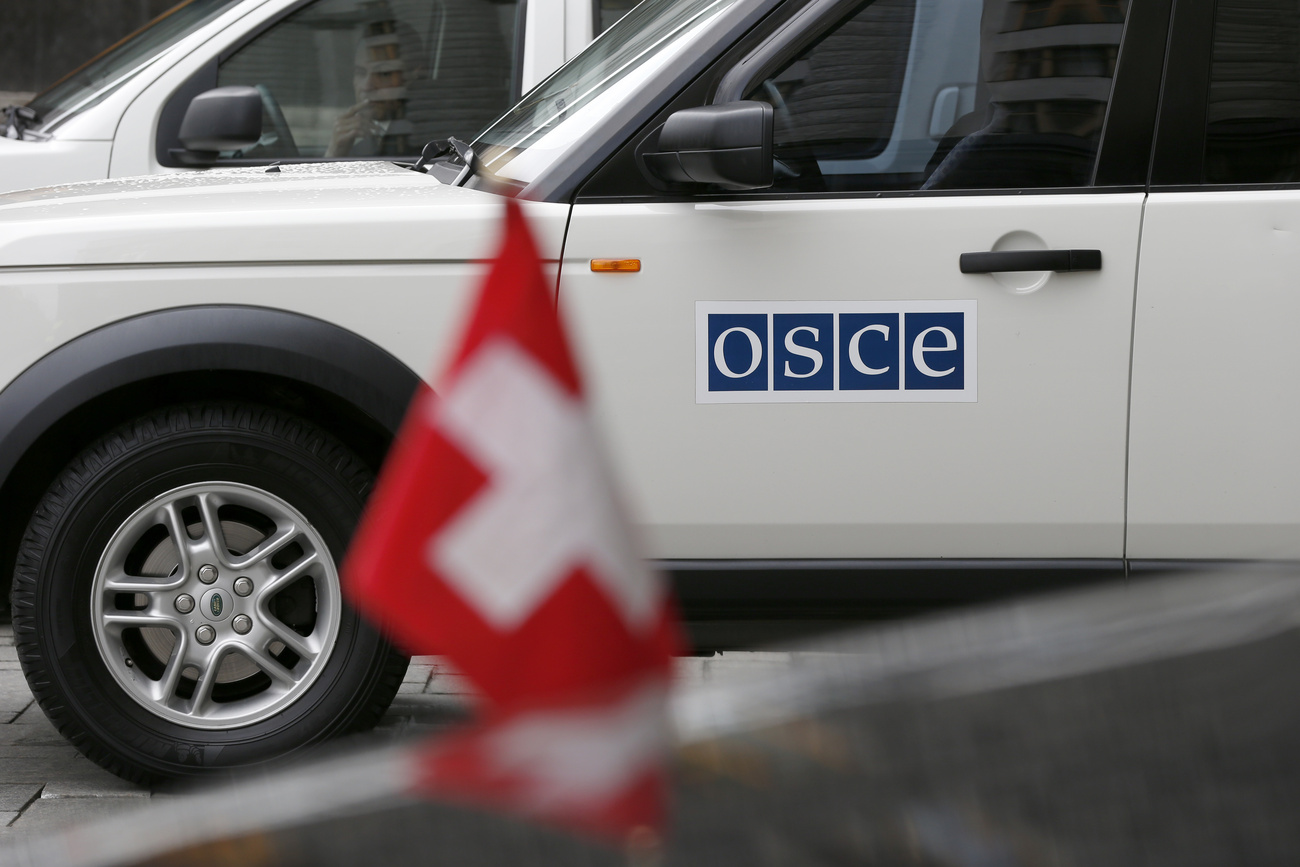









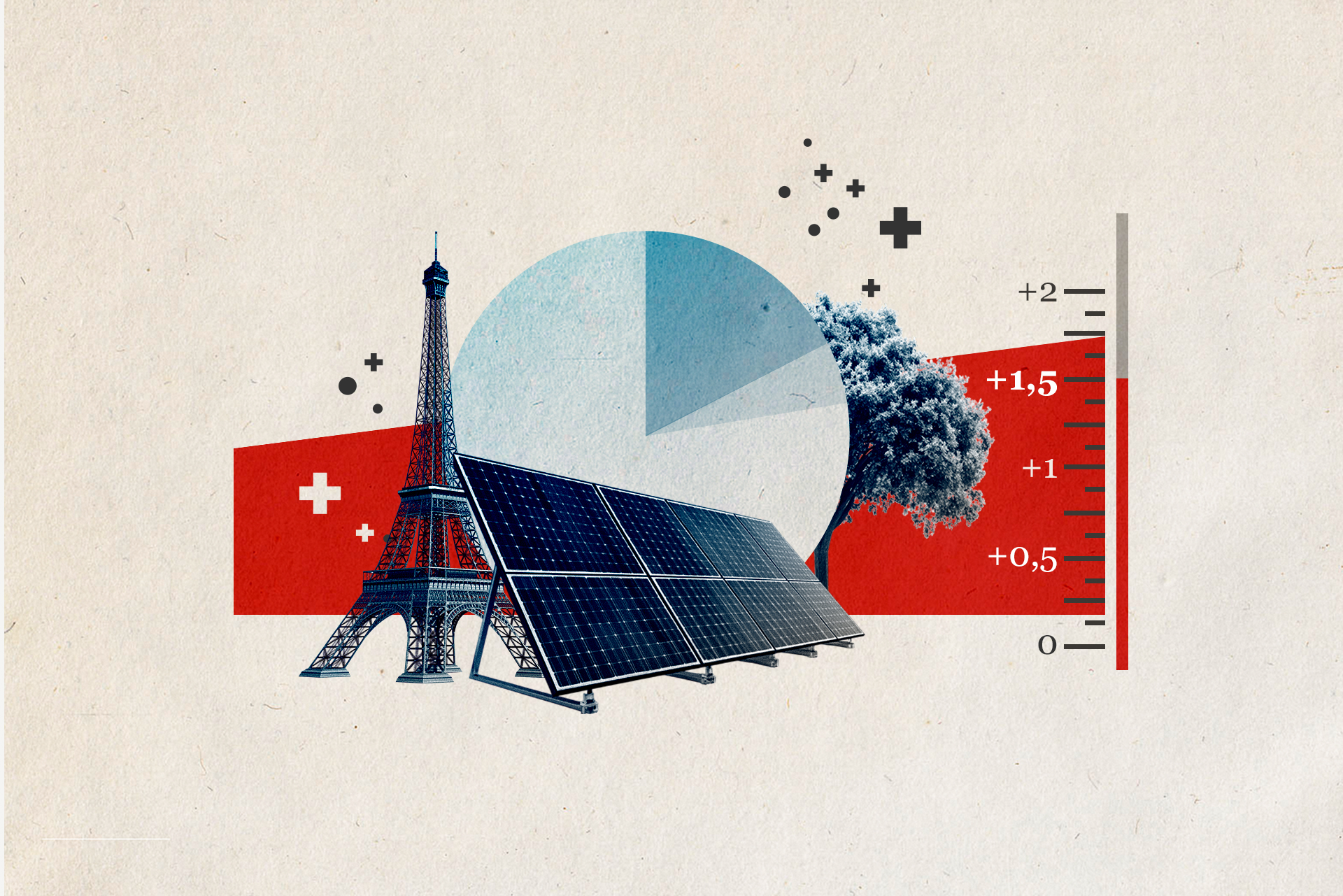




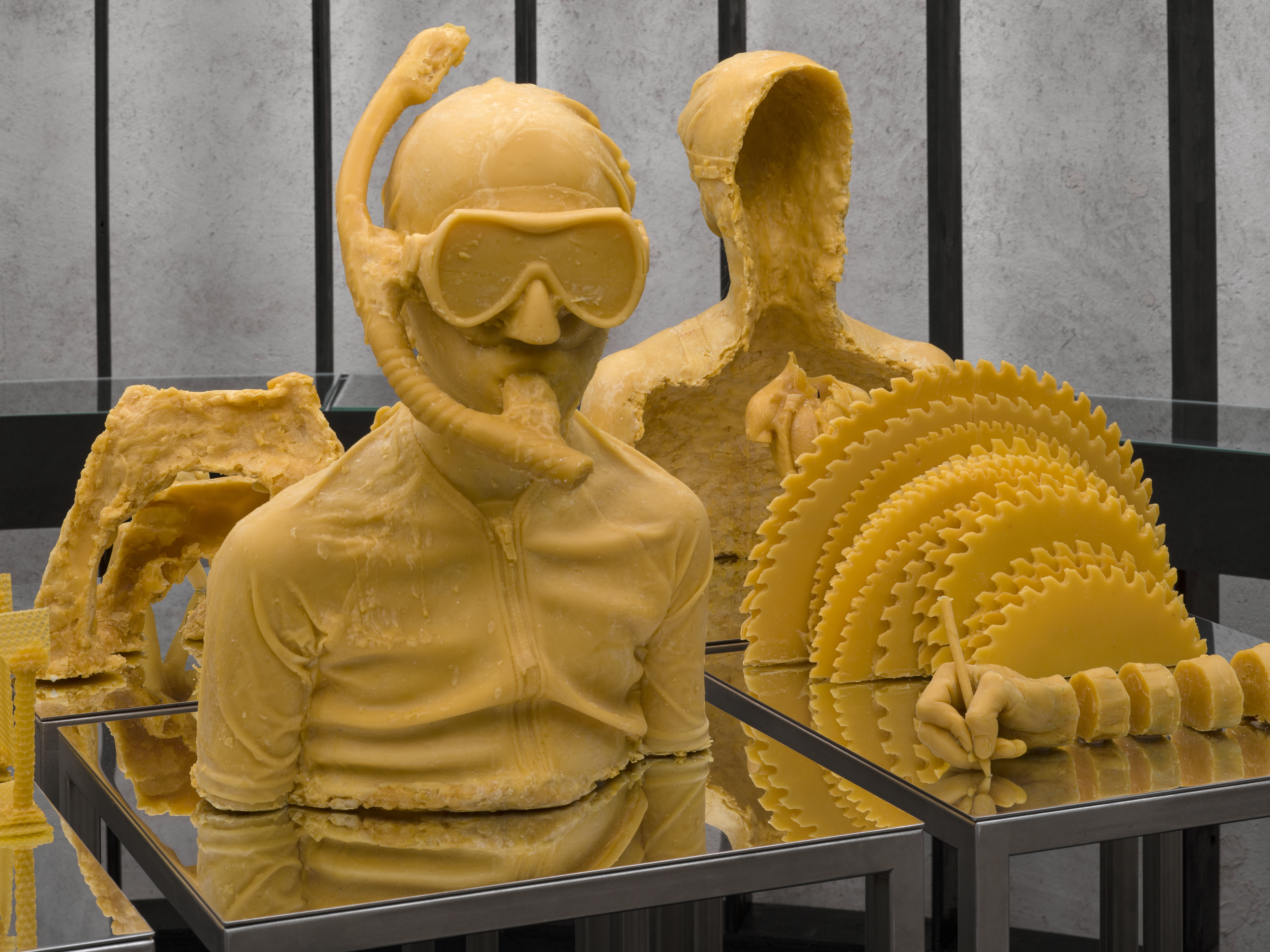
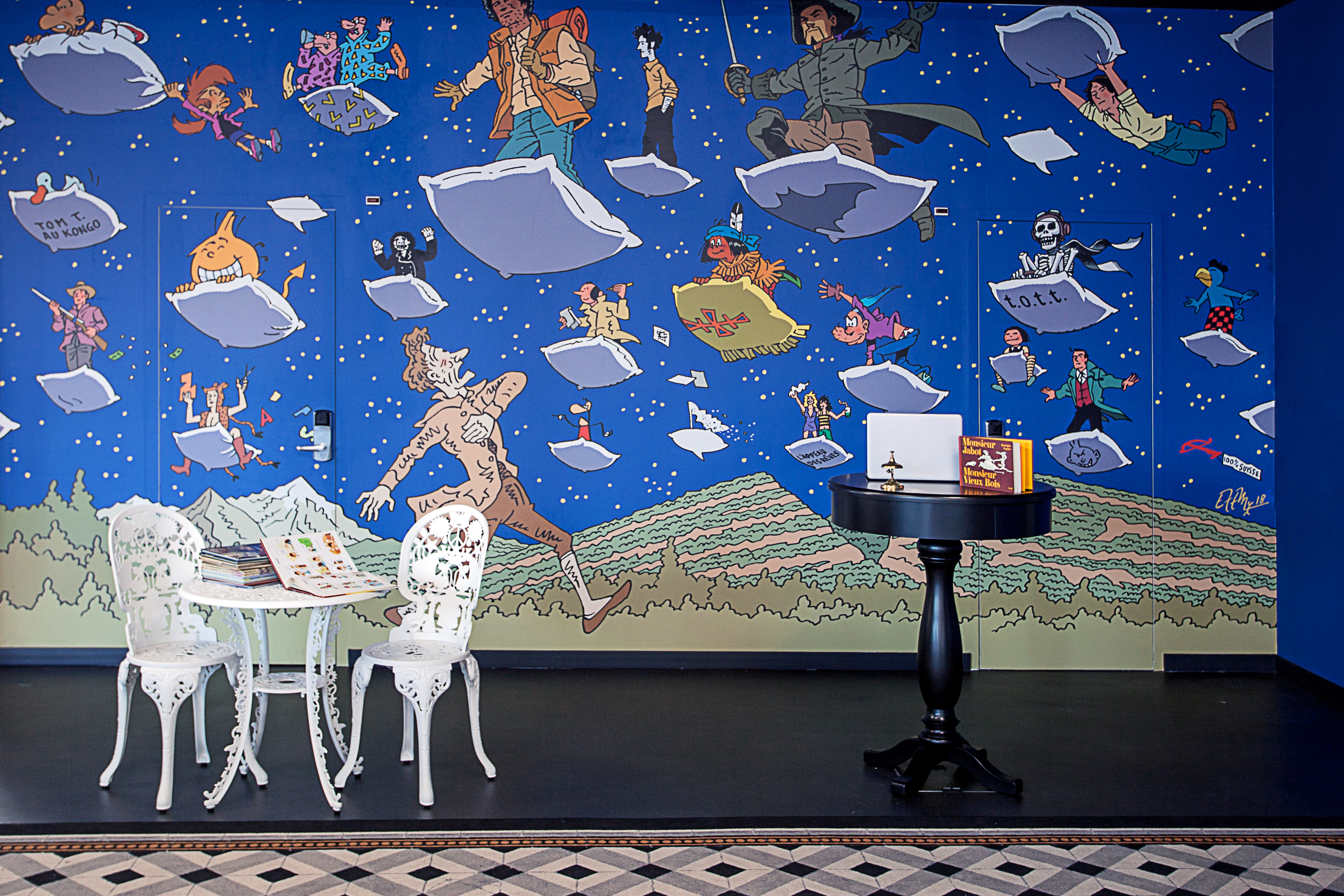


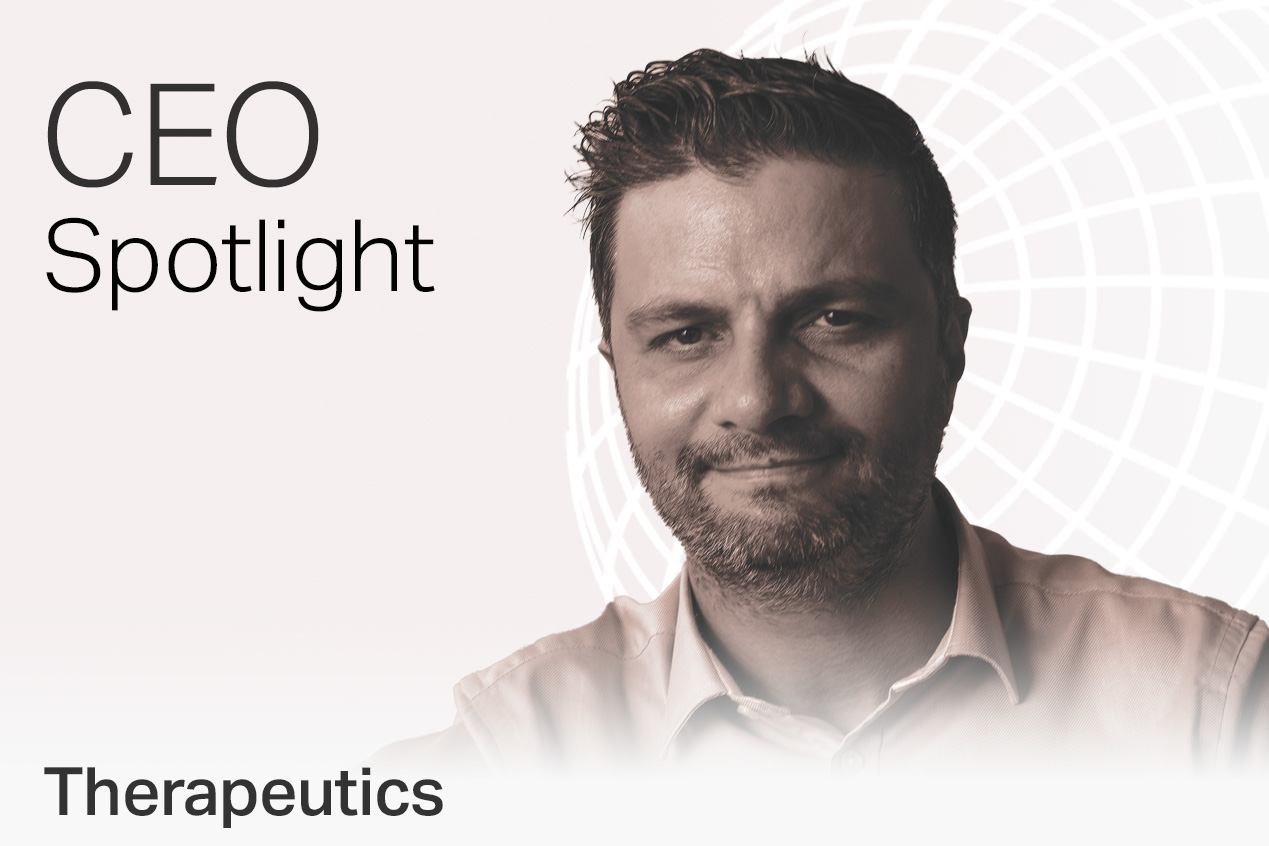







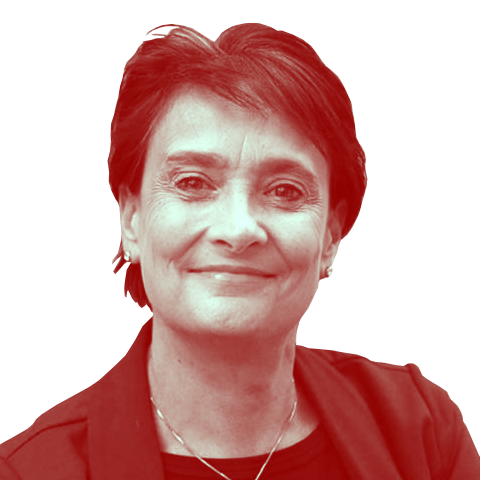
You can find an overview of ongoing debates with our journalists here . Please join us!
If you want to start a conversation about a topic raised in this article or want to report factual errors, email us at english@swissinfo.ch.